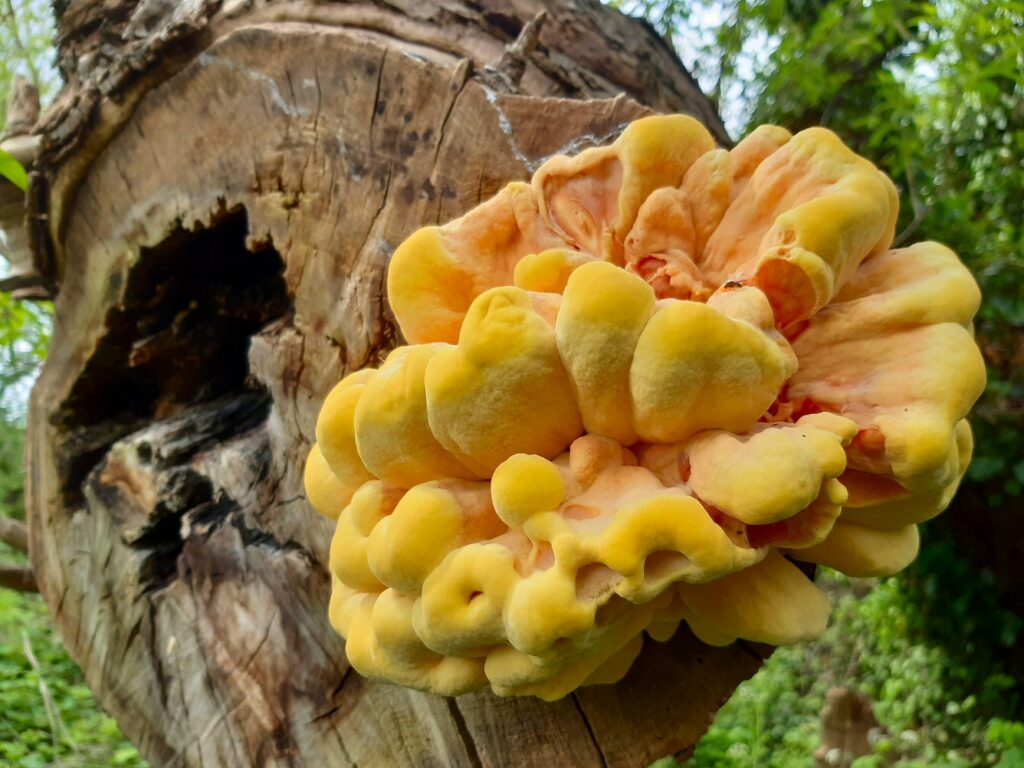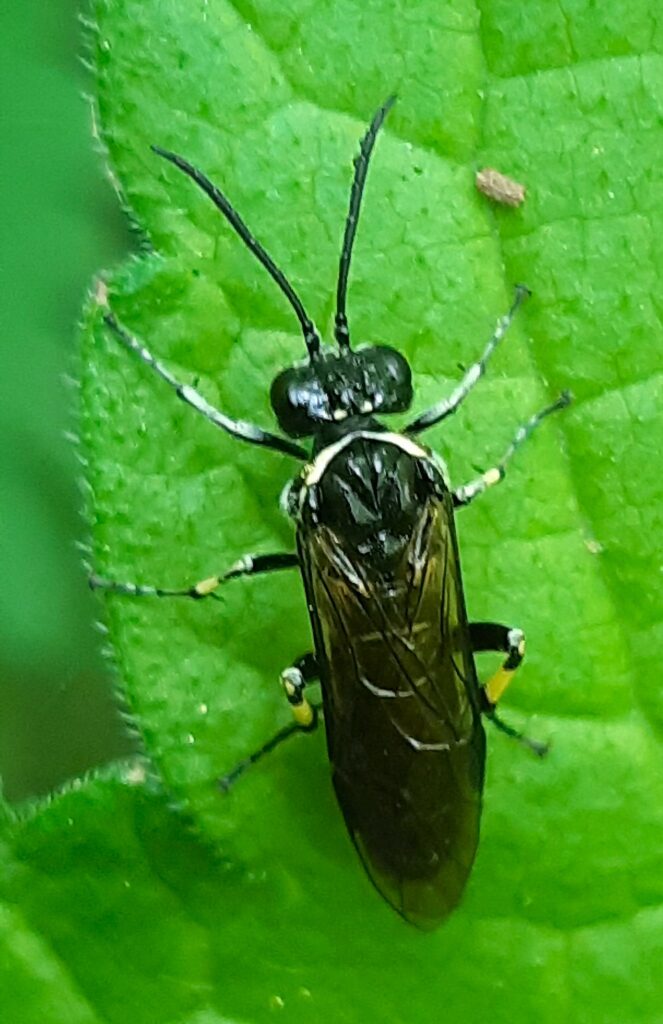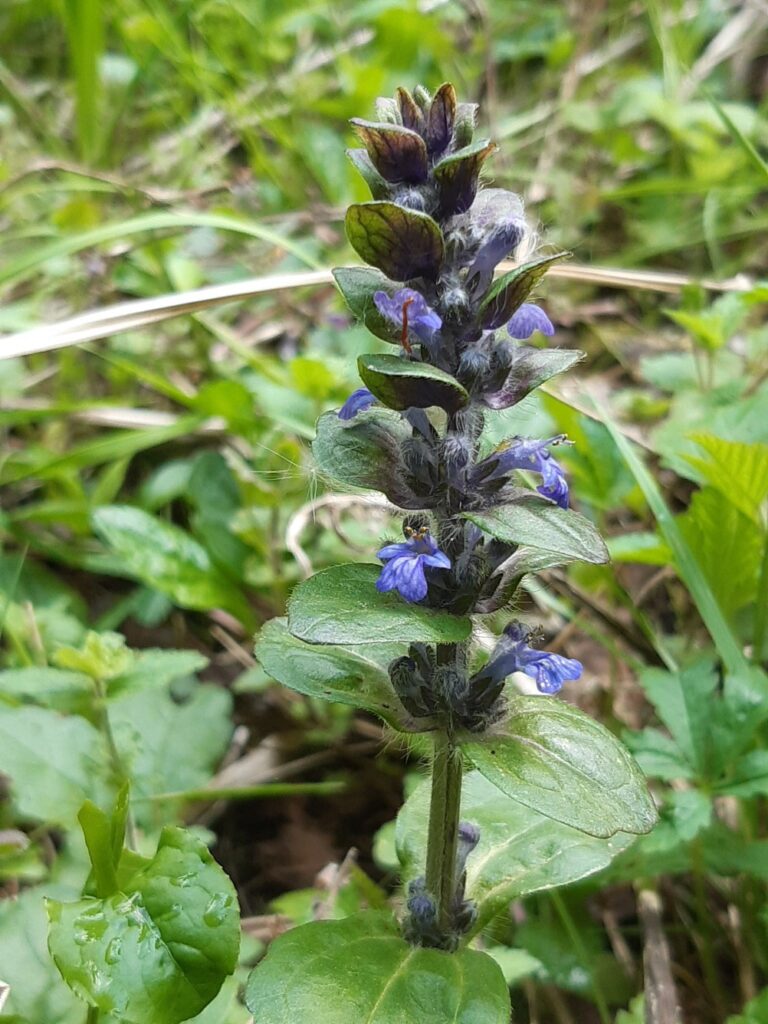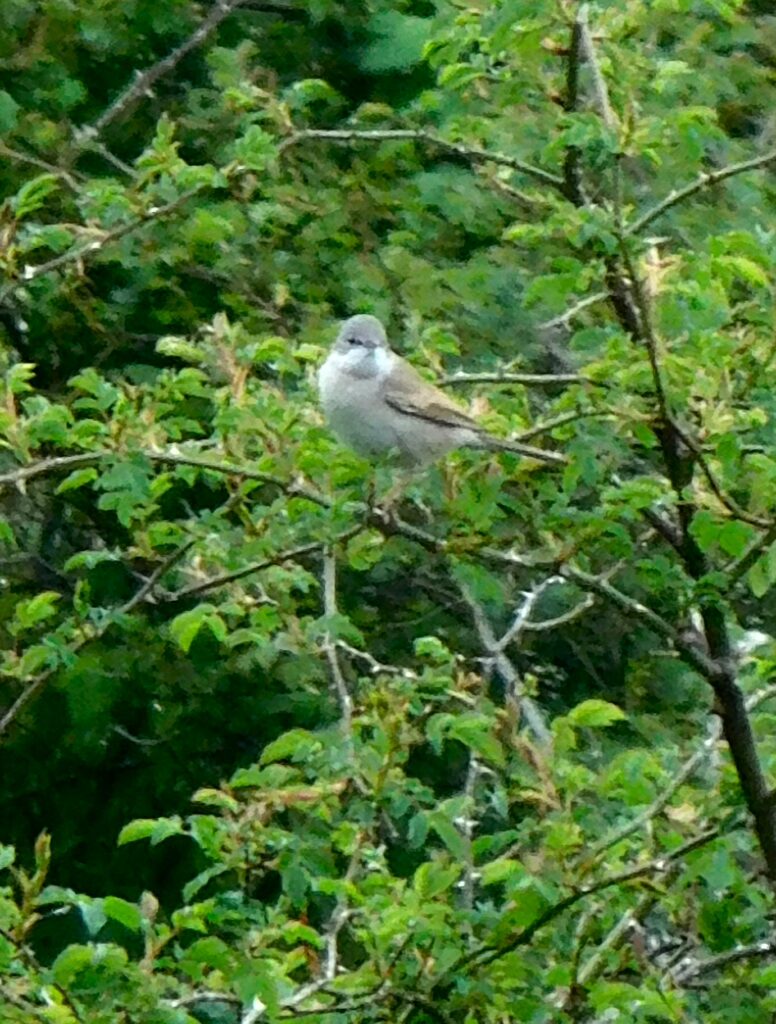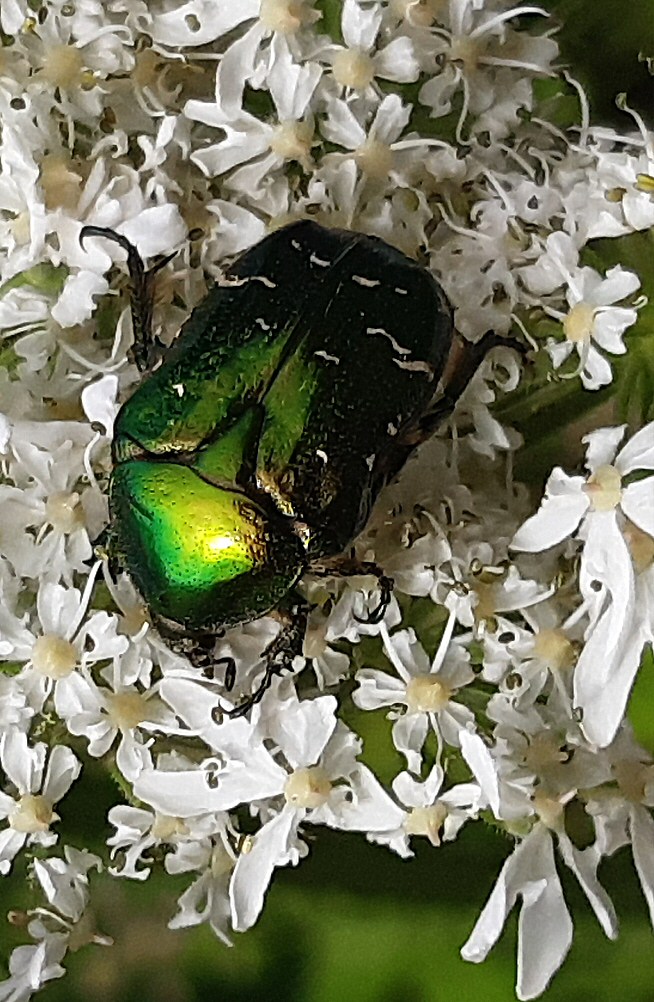
Suddenly it’s Summer!


Well, where can you see swamps, meadows, wild flowers, scrub, woodland, lakes, riverside, rough grassland, and even a Victorian monument, all in an hour’s walk, and in easy reach of London? Wraysbury is the answer.
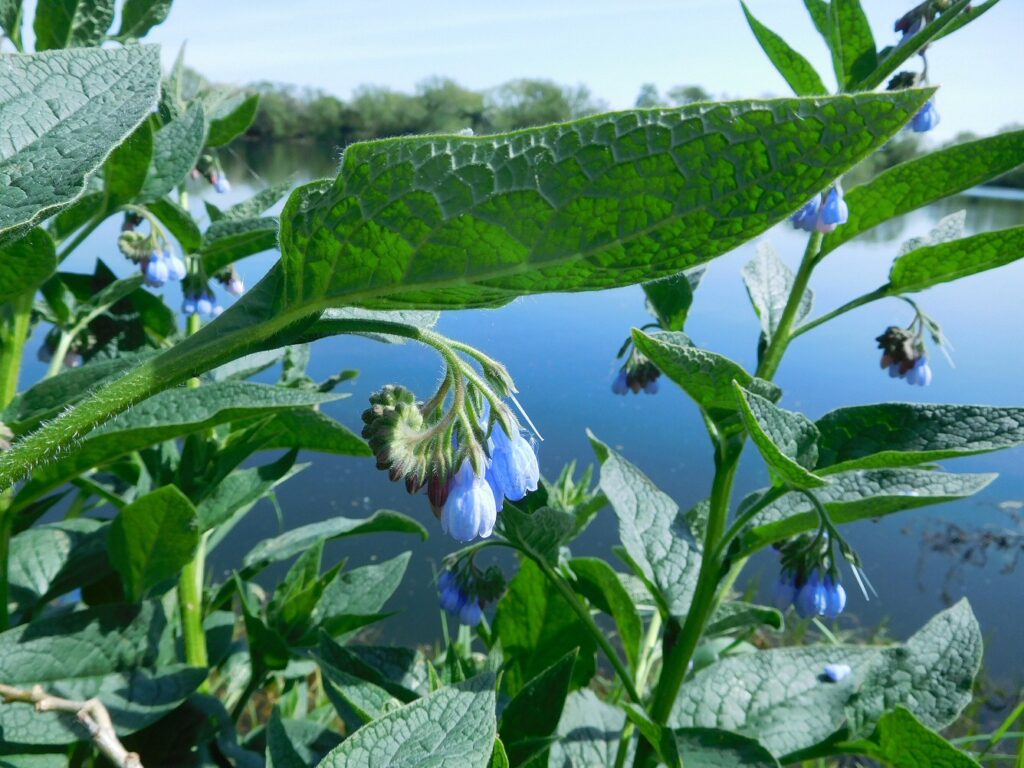
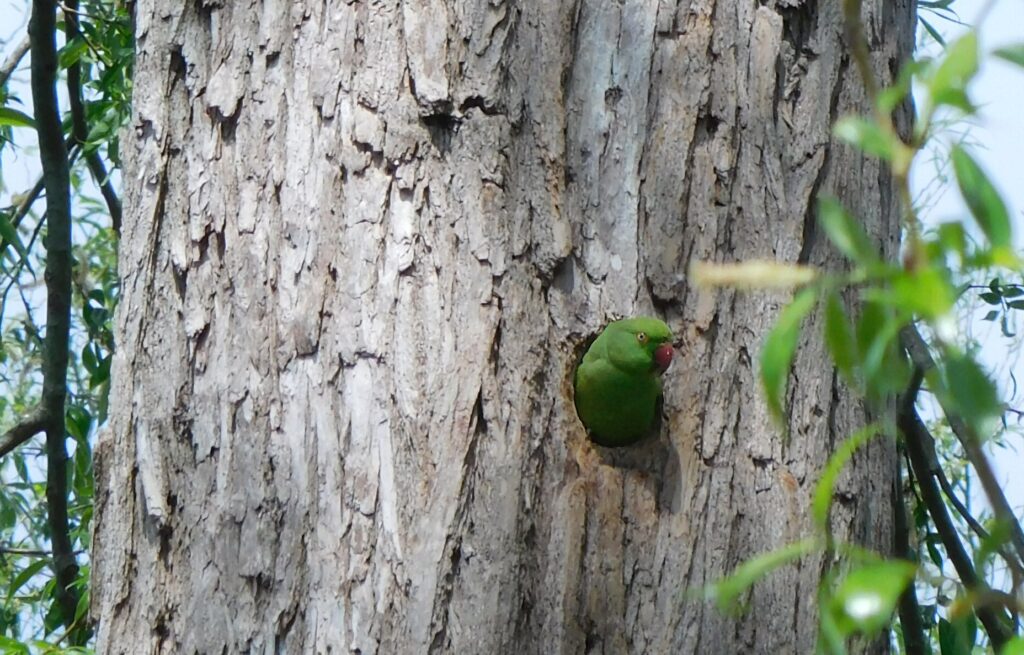
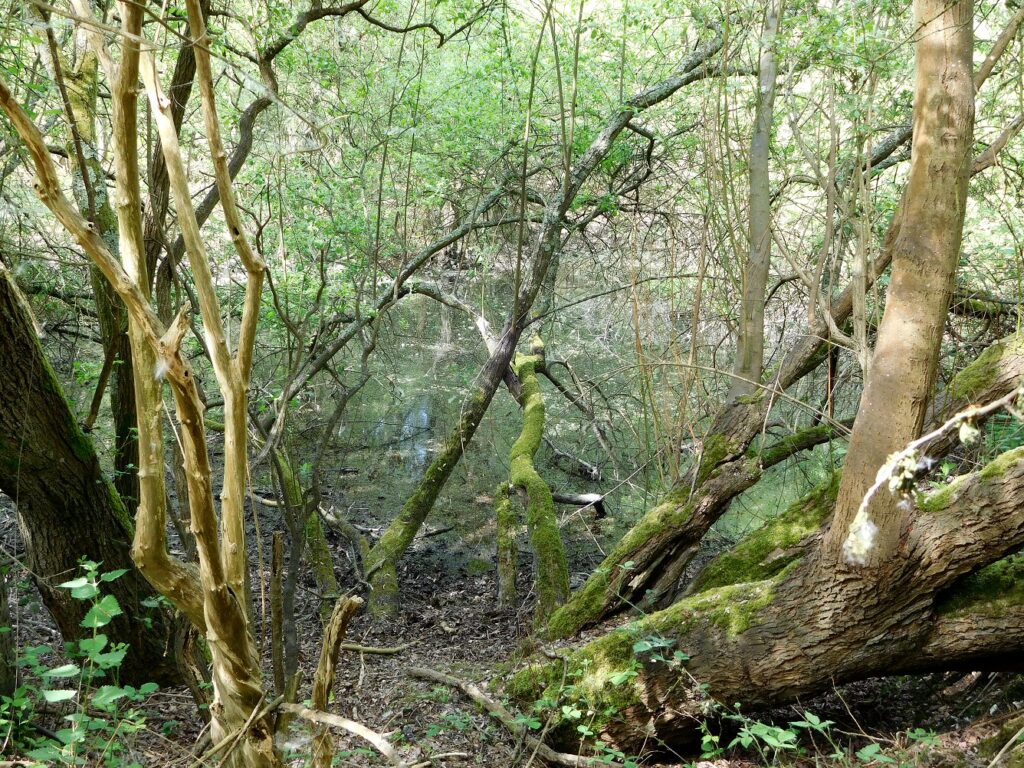
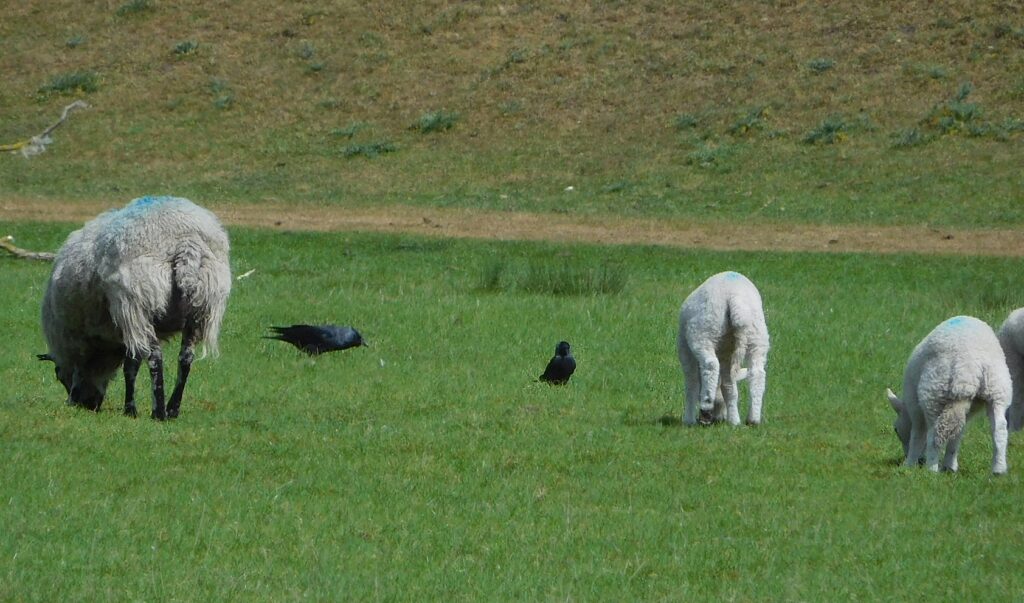
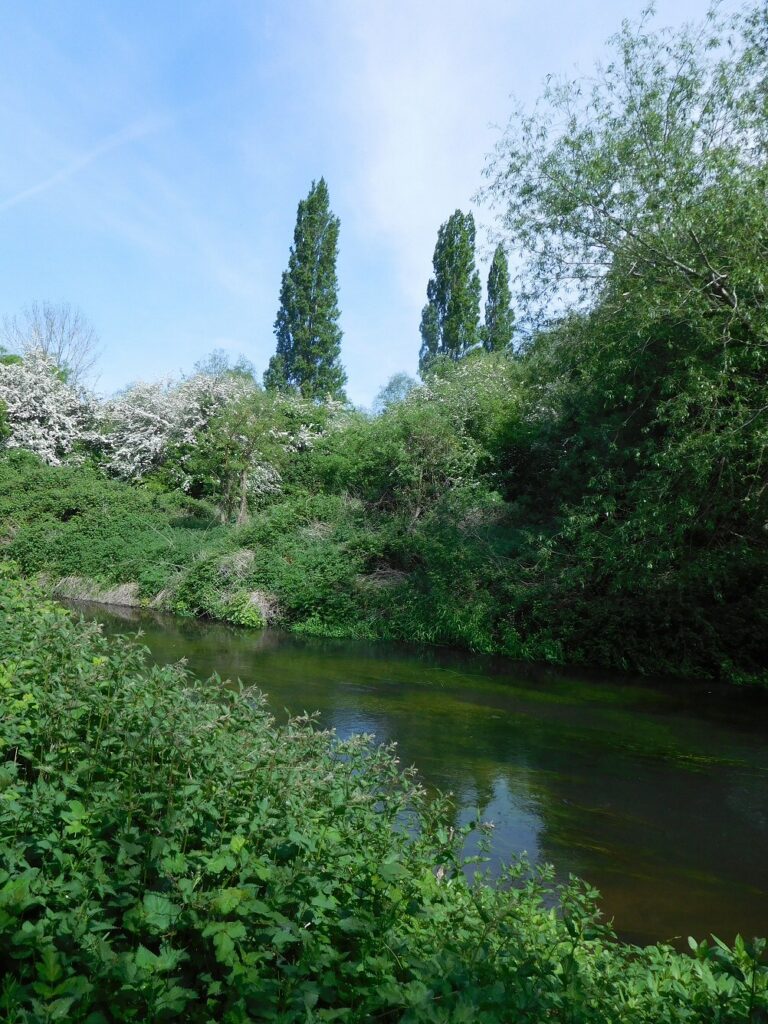
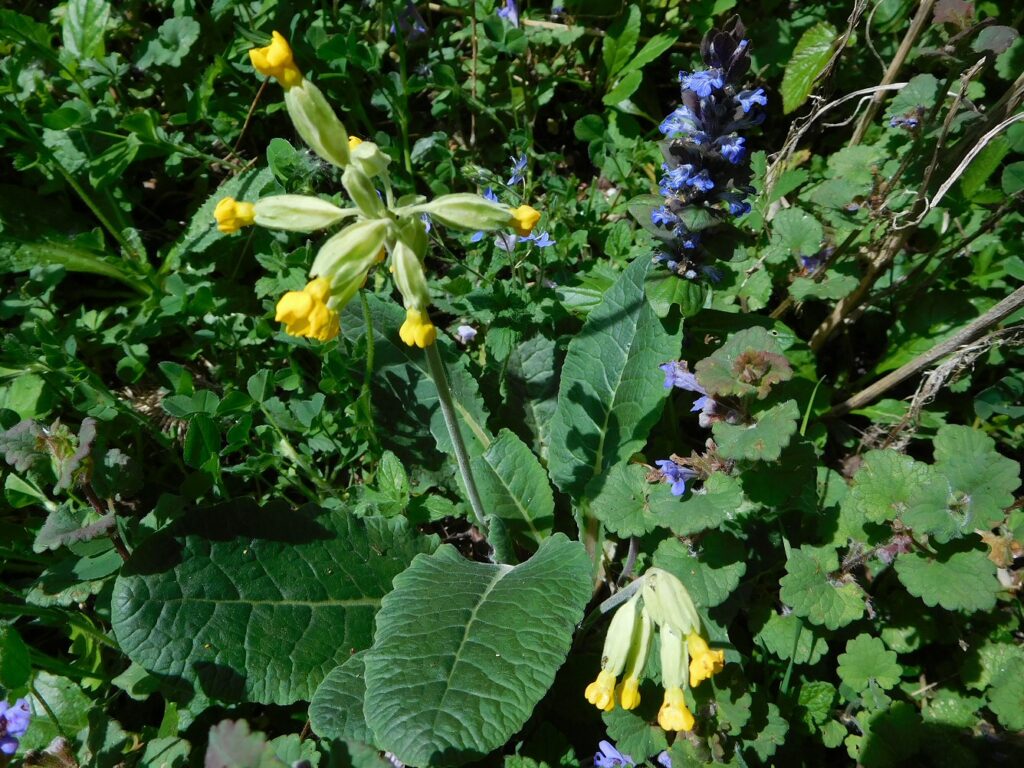
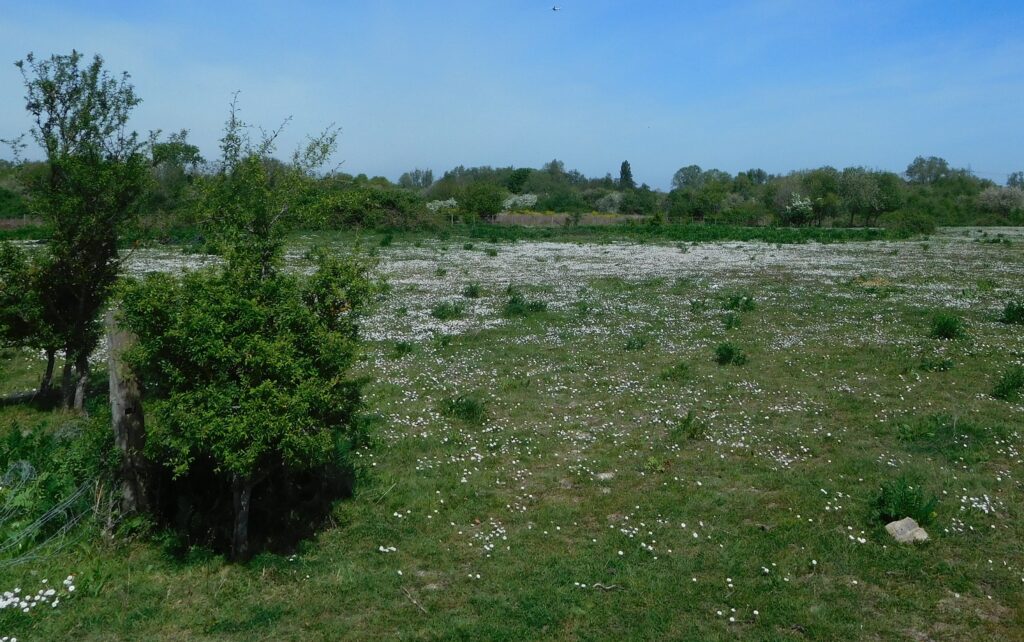
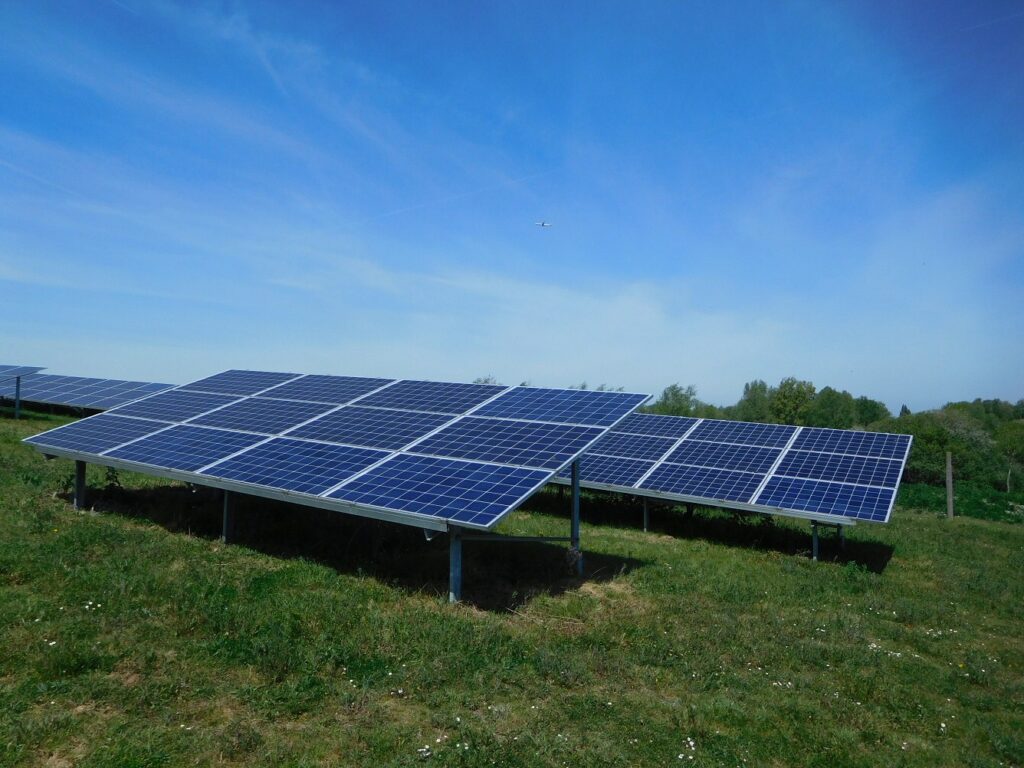
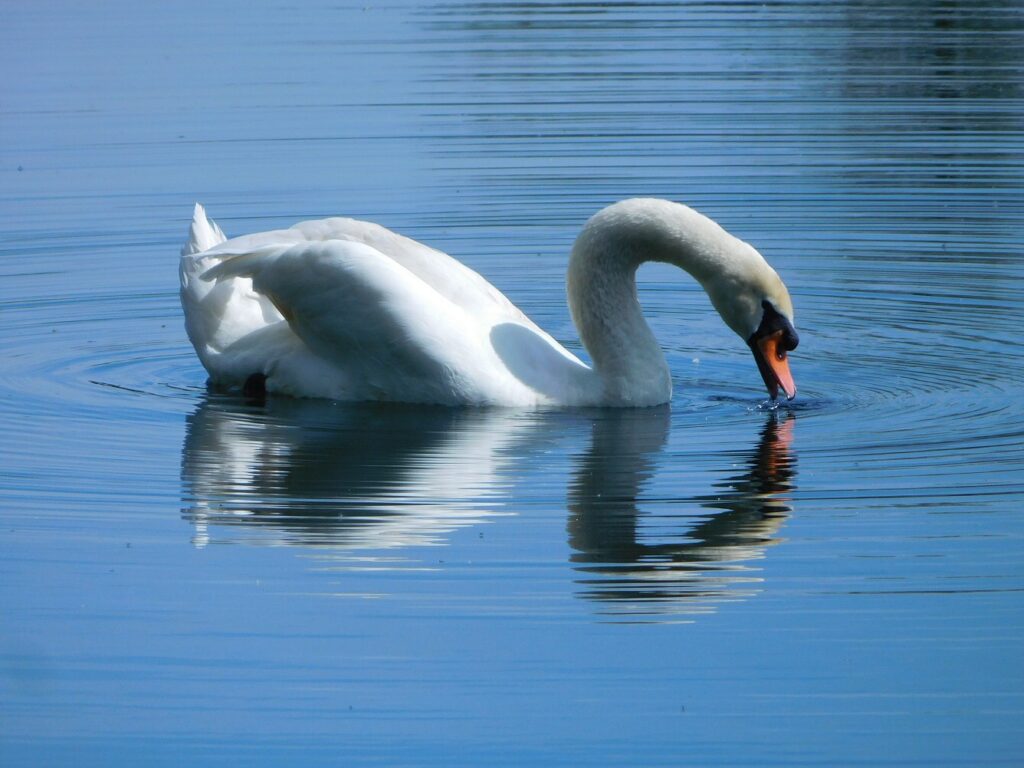
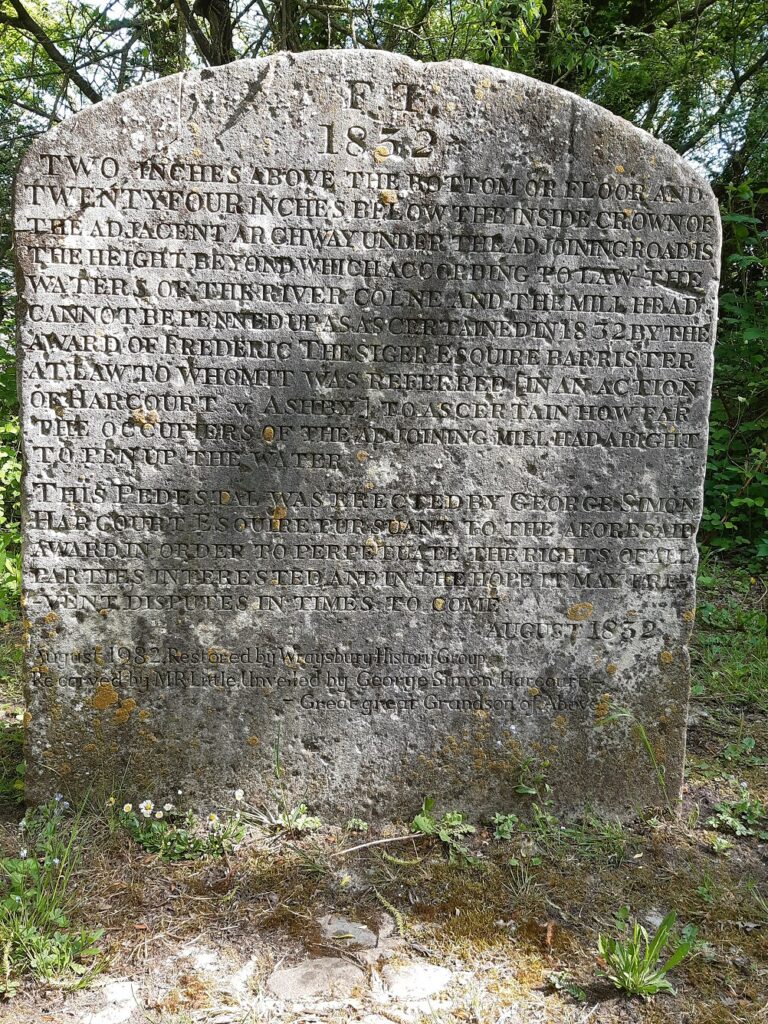
I don’t know if I’d set this in stone, but I heard 5 warblers singing, and caught a typical glimpse of a Cetti’s warbler diving from a bush beside the lake – big, dark brown, it really wasn’t any other bird. Still, I didn’t hear it call, which would have decided the matter beyond reasonable doubt. So, a 5-and-a-half warbler walk, I guess.
Butterflies: Large white, Small white, Brimstone, Holly blue, Peacock, Speckled Wood.
Odonata: Banded Demoiselle, Common blue (teneral, i.e. just emerged).
Other insects: Mayfly, Alder fly.
On the way home, I went round Heathrow airport, and a Skylark sang to me through the open car window from the grassy areas beside the runways.
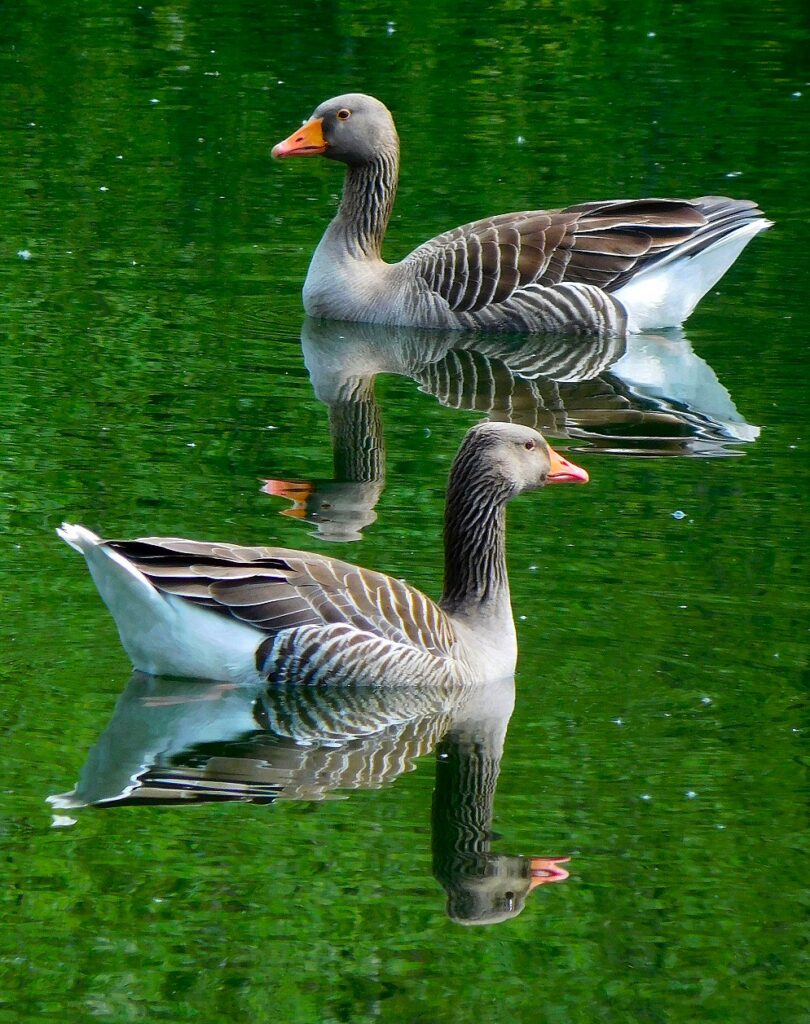
Well, I guess the point of a walk in nature in May is to see what is in flower, what birds are singing, and which insects have emerged (in other words, it’s all about sex). The first warbler to make itself heard was the Blackcap, with many singing males trying out different brief songs. They were mixed in with Garden Warblers, which have a distinctly longer and more even song. A Cetti’s Warbler or two sang their loud abrupt call chwitipitit, chwitipitit: once heard, never forgotten. I couldn’t find any Sedge or Reed Warblers by the river for some reason. In the thorny scrub, a couple of Chiffchaffs sang their names, and many Whitethroats rasped out their short scratchy song, flying up to the tops of Hawthorn bushes and hopping about for the optimal perch.
A Little Egret flapped slowly across the lake: it would once have been thought a wonderful sighting, but the species has happily spread northwards and is now quite common on British coasts and lakes.
I was however delighted to hear the wheezing spring call of a male Greenfinch. It was until recently a common bird around towns and villages, but the population was halved by the Trichomonas parasite in the 2000s. Here in London it almost completely disappeared, and it is only slowly recovering.
I glimpsed one damselfly, probably a Common Blue.
